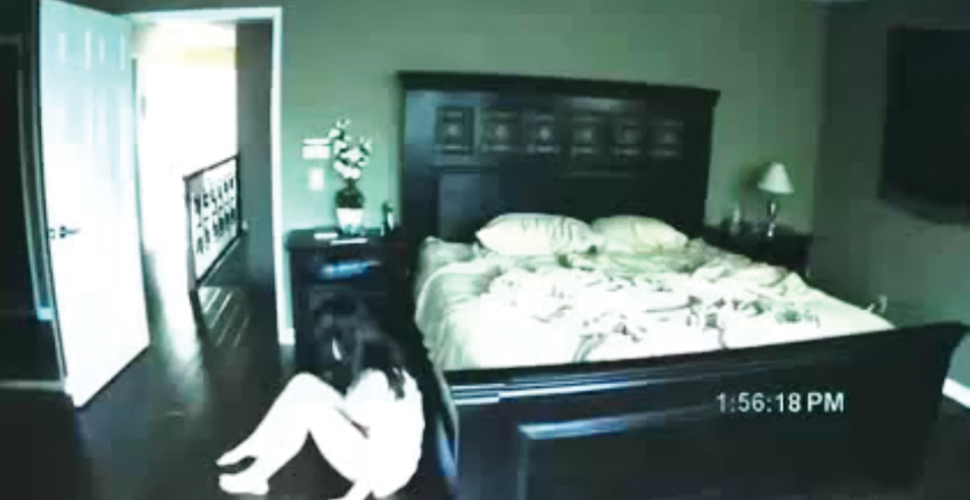The Manchurian Candidate
The film comes from a political thriller novel by Richard Condon, about a son of a prominent US political family who is brainwashed turned into an assassin for the communist party.
1962 film
Director: John Frankenheimer
Stars: Frank Sinatra, Lawrence Harvey, Janet Leigh
The film is about son of a right-winged political family has been brainwashed as an assassin for an international communist conspiracy.
Key scenes
Murder of Senator Jordan: In this scene we see Raymond enter senator Jordan’s house and he goes into the kitchen, senator Jordan seems surprised to see him there and then notices Raymond has a pistol in his hand and asks what’s wrong with him and what’s going on. Raymond then shoots senator Jordan, Jocelyn hears the gunshot and comes downstairs and Raymond also shoots her and walks out the front door.
End scene: This scene we see Raymond, dressed a catholic priest, ready in position to assassinate a presidential candidate. Major Marco looks frantically around the event for Raymond and finally spots where he is, it’s a rush to stop his friend doing something unforgivable! Raymond shoots his mother and her associate then as Major Marco enters the room, Raymond says why he did it and how the threat couldn’t be stopped even at the highest authority then puts his medal of honour on and shoots himself.
2004 film
Director: Jonathan Demme
Stars: Denzel Washington, Meryl Streep, Liev Schreiber and Kimberly Elise
The film is about, again, son of a right-winged American political party has been brainwashed to be an assassin for a group of Global companies who oppose a threat to democracy. But in this film the ‘baddies’ have the most power within the film until the end of the film; but throughout the film it seems like there is no stopping them and we don’t know if the hero is going to prevail!
However in this film Major Ben Marco is trying to regain and unravel his sanity. He is a masculine man respected by others, used to the danger and killing, and has a brave history in the army making him independent and resourceful.
Key scenes
Murder of Senator Jordan: Raymond drowns both Senator Jordan and his daughter in the remake of the film. The director chose to change the scene to symbolize the fact the main characters are drowning and the fog representing the characters lack of clarity. The use of non-diegetic music creates tension as Raymond approaches the lake foreshadowing the death of his next victim(s). Simple editing and close up camera shots reflect Raymond’s hypnotic state; we see this effect being used many times during the movie.
End scene: This scene we see Major Marco also brainwashed and he is supposed to assassinate the presidential candidate, however he breaks of the hypnoses and kills Raymond and Raymond’s mother. And the authorities take over and visit where the men were brainwashed then we see Major Marco place the army photo and Raymond’s medal of honour close to the sea on the beach they were brainwashed.
What makes this film effective and believable?
Well both films refer to social and historical context, it relates to events at the time that’s why it’s so believable. Also prays on people’s fear of terrorism/ foreign threat as the original film was set after the cold war and the remake after the Gulf war, so this fear would be fresh making story like this terrifyingly effective.
After watching both films, the film I preferred was the original film I thought the scene when Senator Jordan was killed and his daughter was more effective because it was brutal and emotionless. But I preferred the ending of the remake because it had a good twist at the end which you never saw coming; but in the orginal film the ending made Raymond’s character seem more tragic as he killed the main leaders of the threat but then killed himself.













